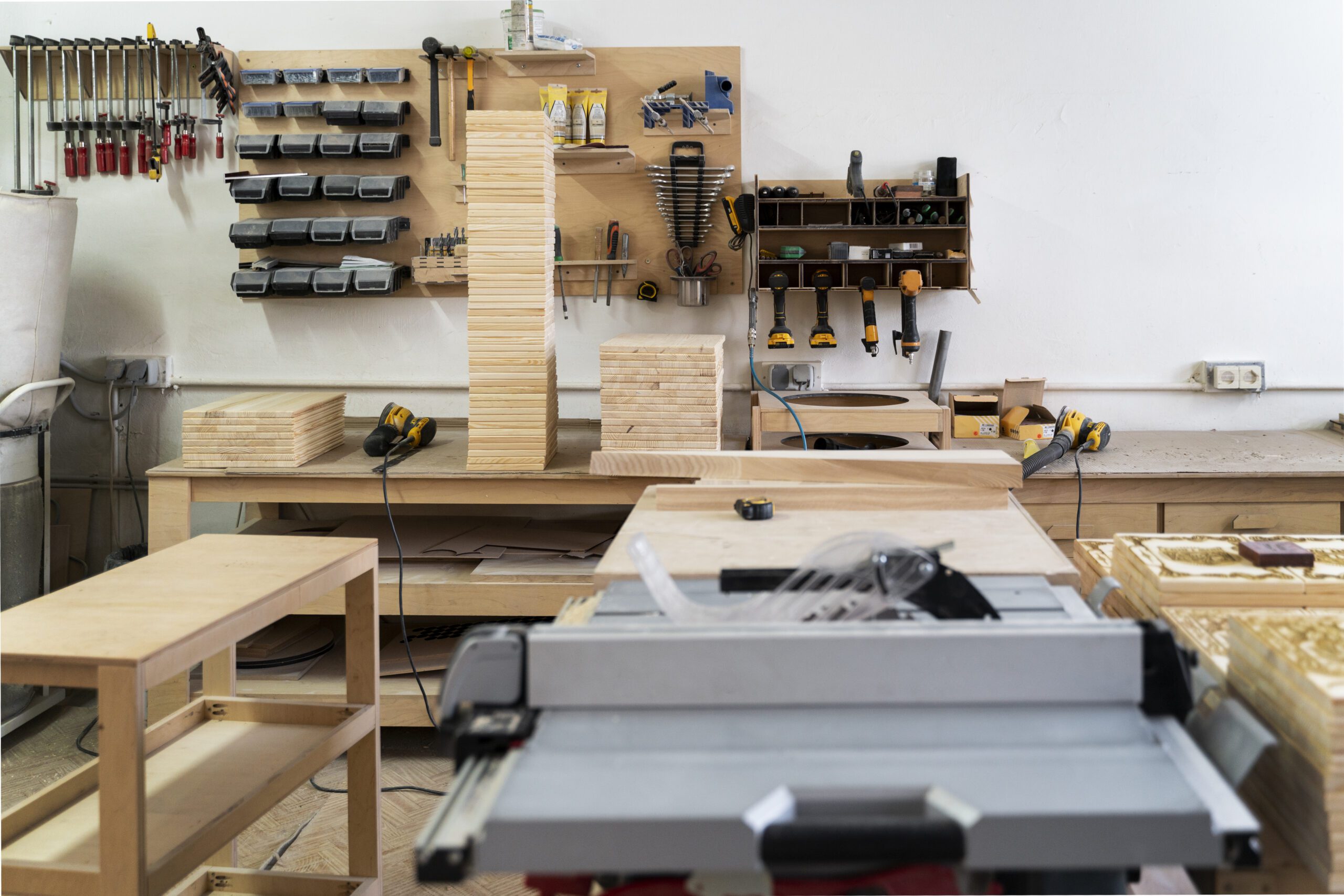Bird Mansion: The Ultimate Haven for Avian Enthusiasts
Bird mansions provide an expansive and enriching environment for birds. These elaborate structures go beyond the simplicity of a standard birdhouse. They are a significant step up, offering more space, better protection, and greater appeal to a wide range of bird species. This makes them an intriguing subject for bird lovers and builders alike.
Key Features of a Bird Mansion
When constructing or purchasing a bird mansion, there are essential features to consider. Size matters. Bird mansions offer multiple compartments and ample space for several birds to nest. This caters to different bird species, enhancing biodiversity in your backyard.
Sturdy materials make a difference. Bird mansions should be built from weather-resistant wood or durable composite materials. These withstand the elements and ensure longevity. Consider cedar or redwood due to their natural resistance to rot and insects.
Ventilation and drainage are crucial. Good airflow maintains a healthy environment inside the mansion. Proper drainage prevents water accumulation and mold growth. Look for birdhouses with strategically placed vents and drainage holes.
Design and Aesthetics
Designs vary widely. Some bird mansions resemble Victorian houses, while others mimic rustic cabins. Choose a design that complements your garden’s aesthetics. Ornamental accents like miniature shutters, tiny porches, and decorative chimneys can transform a simple birdhouse into an architectural marvel.
Bright colors attract certain birds. Red and pink appeal to hummingbirds, while blue and white draw in bluebirds and swallows. Ensure the paint used is non-toxic to protect the feathered residents.
Placement and Installation
Location impacts the effectiveness of a bird mansion. Place it at least five to six feet above the ground to protect against predators. Avoid spots that are too exposed to direct sun or heavy wind. A shaded area with some sun exposure works best.
Secure installation prevents mishaps. Use sturdy poles or posts. Ensure they are deep enough in the ground to withstand weather conditions. A tilted design can prevent rain from entering the compartments.
Benefits for Bird Conservation
Bird mansions contribute to conservation efforts. They provide safe nesting sites, especially in urban areas where natural habitats are dwindling. This helps boost local bird populations and supports species diversity.
Bird watching becomes more engaging. With a bird mansion, you can observe different species up close. This provides educational opportunities for children and adults alike, fostering a greater appreciation for wildlife.
Maintenance and Care
Regular maintenance keeps the mansion in good condition. Clean out the compartments at the end of each nesting season to prevent disease. Check for damage and repair any parts that show wear and tear.
Monitor for pests. Birds are not the only creatures attracted to birdhouses. Be watchful for wasps or other unwanted visitors. Installing predator guards can also protect against squirrels or cats.
DIY Bird Mansion Projects
Building your own bird mansion can be a rewarding project. Start with a clear plan. Determine the size, design, and materials needed. There are numerous online resources and blueprints available to guide you.
Gather your tools. A basic set includes a saw, hammer, nails, a drill, and sandpaper. Choose environmentally friendly materials when possible. Avoid treated wood, as the chemicals can be harmful to birds.
Assemble carefully. Follow your blueprint closely, paying attention to safety and sturdiness. Ensure all parts fit together snugly to keep out rain and cold air. Sand down any rough edges to prevent injury to the birds.
Popular Bird Species for Bird Mansions
Many species can benefit from bird mansions. Purple martins are a primary resident. They prefer multi-compartment housing and thrive in colonies. Providing an elaborate structure can attract large numbers of these sociable birds.
Bluebirds are another common occupant. They require specific dimensions for nesting boxes, so ensure your bird mansion meets these needs. Wrens and chickadees also enjoy the shelter that bird mansions offer.
Challenges and Considerations
Bird mansions aren’t without challenges. Initial costs can be higher than standard birdhouses. The complexity of their design requires more time and effort to construct or purchase.
Regular upkeep is essential. Neglect can lead to deteriorating conditions, making the space inhospitable for birds. Plan for seasonal maintenance and be prepared to invest time in caring for the structure.
Weather can impact durability. Extreme conditions like heavy rain, snow, and strong winds can wear down even the sturdiest bird mansions. Choose materials and designs that can withstand local climate conditions.
Community and Engagement
Bird mansions can foster community interest. Schools and community groups can participate in building and maintaining bird mansions, creating a shared project that educates and engages people in wildlife conservation.
They also present opportunities for citizen science. Observing and documenting the bird species that use these mansions can contribute to broader conservation efforts. Data collected can help scientists track bird populations and behaviors.
Technological Integration
Incorporating technology can enhance the bird mansion experience. Installing small cameras inside compartments allows for close-up observation without disturbing the birds. This can provide fascinating insights into nesting behaviors and chick development.
Smart sensors can monitor environmental conditions. Data on temperature, humidity, and air quality can help ensure the bird mansion provides an optimal living environment for its inhabitants.
